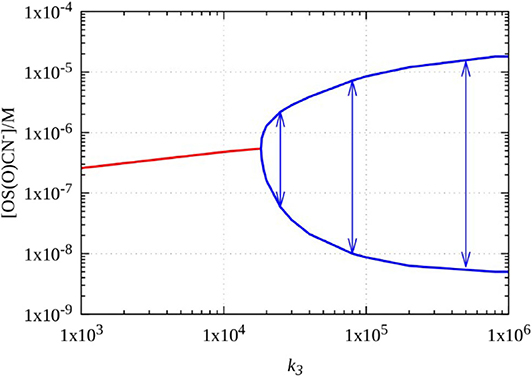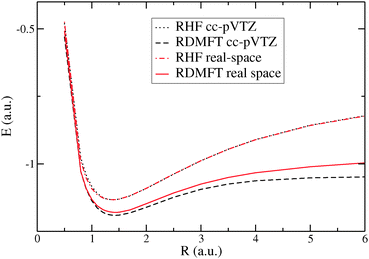

Recent progress in developing planar target systems includes the capability to deliver and refresh solid targets at a repetition rate up to 10 Hz, along with ion diagnostics, data acquisition, and real-time analysis methods. Several options are currently used by the specialized community: planar target holders, tape targets, and targets carried on strips and belts. On the other hand, high repetition rate operation is very challenging in terms of target fabrication, and for the delivery system itself, including positioning, alignment, and real-time target characterization. This source peculiarity is beneficial for a range of applications as radiobiology for pre-clinical studies of alternative proton therapy approaches and compact neutron generation. An ion source of this kind presents an exponentially decreasing energy spectrum, short bunch duration of a few picoseconds at the source, and thus can be used to deposit a very high dose rate on a user sample. Typically, metallic and plastic foils with a thickness of 1–100 µm are used as targets. Consequently, the ions are pulled off the target surface by the escaping electron cloud and accelerated to tens of MeVs in a few micrometers. The mechanism is based on the generation of high-energy electrons by the laser pulse on the front surface of the target, crossing the target volume and trying to escape into the vacuum from the backside, thus generating ultrahigh space charge fields. The most experimentally investigated scheme for laser-plasma based ion acceleration is known as target normal sheath acceleration (TNSA). Over the last decades, the rapid development of high peak power (0.1–1 PW), femtosecond laser systems with repetition rates (up to 10 Hz) has triggered a rapid progress of new research fields such as laser-driven ion acceleration. The laser-target geometry presented demonstrates an experimental technique that can potentially enables the operation of a laser–plasma source at Hz-level repetition rate. The acceleration of protons with cut-off energies up to 1.5 MeV is demonstrated using a 100-μm thick hydrogen ribbon as proof-of-principle capability of the relatively thick target delivery system. The stability of the ribbon position versus the laser interaction point and maximum repetition rate was tested up to 3.3 Hz. We report on recent progress in deploying a continuous solid hydrogen ribbon as a debris-free and renewable laser-driven source of pure proton beams generated by a 30-fs laser with ∼1-J laser energy focused on target at relativistic intensities of ∼10 19 W/cm 2 and repetition rate of 0.1 Hz.

4Joint Laboratory of Optics of Palacky University, Institute of Physics of Academy of Sciences of the Czech Republic, Faculty of Science, Palacky University, Olomouc, Czechia.3Faculty of Nuclear Sciences and Physical Engineering, Czech Technical University in Prague, Prague, Czechia.2Université Grenoble Alpes, CEA IRIG-DSBT, Grenoble, France.

1ELI Beamlines Centre, Institute of Physics, CAS, Dolni Brezany, Czechia.


 0 kommentar(er)
0 kommentar(er)
